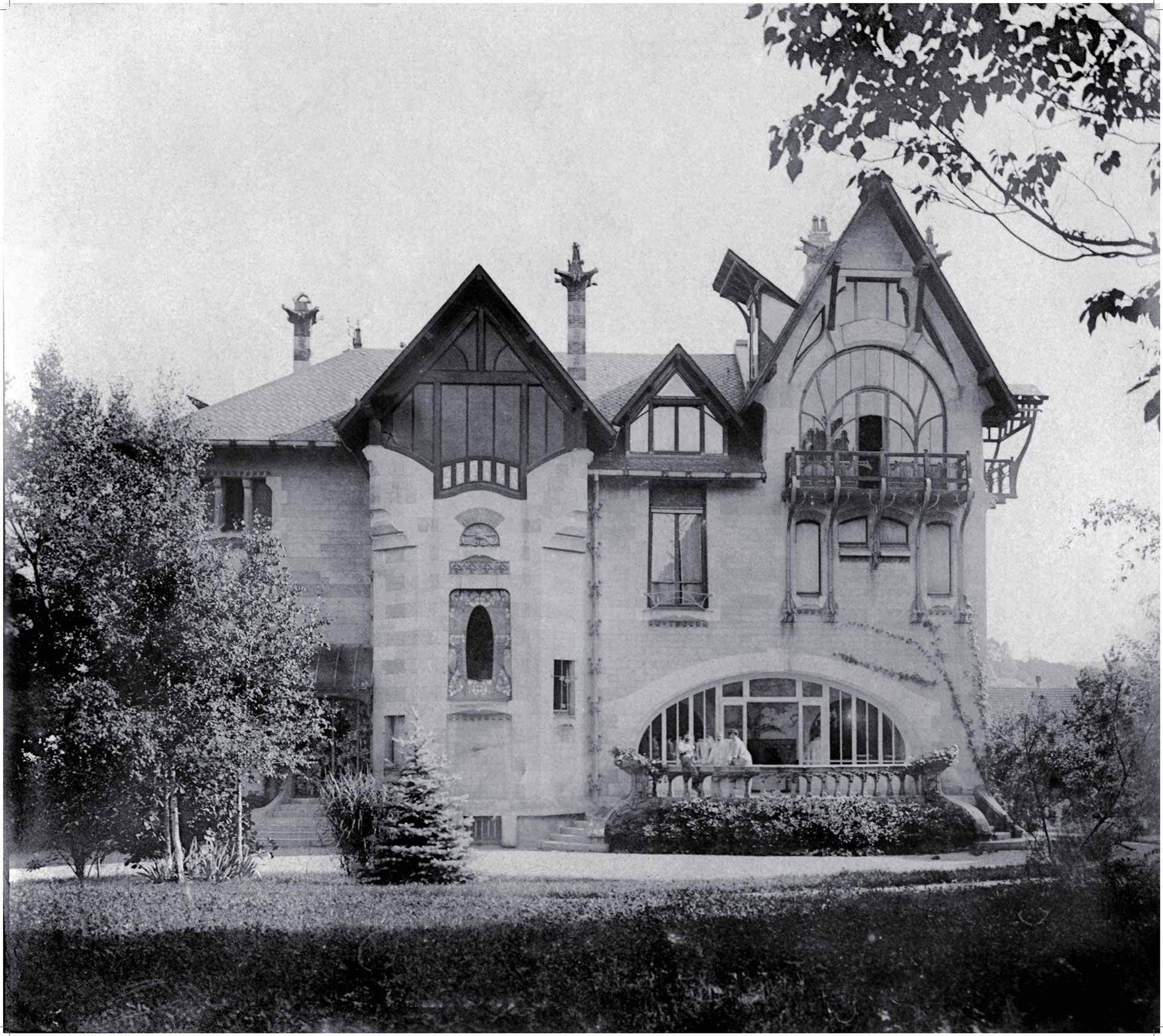
Villa Majorelle, photo from the Majorelle photo album of the 1920s © Musée de l’Ecole de Nancy (MEN)
With the reopening this month of the Villa Majorelle, Nancy reaffirms its attraction as a destination for visitors who delight in the floral- and nature-inspired curves, the flowing design and the craftsmanship of the Art Nouveau period.
The villa is an iconic home of the Art Nouveau style that flourished in Nancy at the turn of the 20th century. It was the home of Louis Majorelle, a cabinetmaker and furniture manufacturer, whose company, originally focused on the production of copies of older styles, became increasingly involved in the creation of modern furniture inspired by forms in nature and influenced by the work of Emile Gallé, Nancy’s celebrated glass designer.
Gallé and Majorelle were among the founders of the Nancy School of design. An important collection of their works and of their contemporaries from 1890 to 1914 can be found at the Musée de l’Ecole de Nancy, the Museum of the Nancy School, the city’s primary Art Nouveau destination, a 15-minute walk from the Villa Majorelle. (Several examples of Majorelle furniture can be seen in the decorative arts section of the Orsay Museum in Paris.)
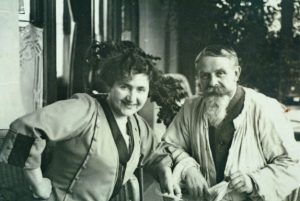
The Villa Majorelle—originally known as the Villa Jika, after the initials for Majorelle’s wife, Jane Kretz—was built 1901-1902 and holds a special place in the history of architecture in Nancy. It is considered the first completely Art Nouveau house in the city, designed as an ensemble in which each component of its structure and decoration was designed in close interdependence with the rest of the building. The flowing forms and decorative motifs and the continuous interplay between the exterior and the interior make Villa Majorelle an example of successfully applying the notion of artistic unity, advocated by a large number of artists of the period.
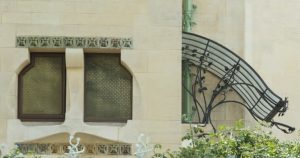
The villa was the first major commission for Henri Sauvage (1873-1932), a young, unknown architect when he received it in 1898. Sauvage, who would go on to design significant projects in Paris, would later say, “I worked there for two years, redesigning my work a hundred times over… I offer this, my first client, this fine artist (…) the expression of my heartfelt gratitude for the unheard-of freedom that he gave me. Despite my young age, he never imposed a budget limitation nor his personal ideas on me.”
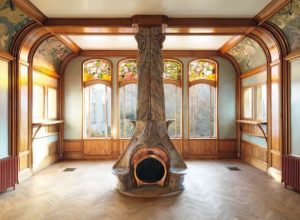
Sauvage took care of the fixed decoration, which included the ironwork, and called in other artists for specific tasks. His Parisian friends, the ceramic artist Alexandre Bigot and the painter Francis Jourdain, respectively created the flambé stoneware exteriors and interiors and the decorative paintings in the dining room. Louis Majorelle himself designed the furniture, some of which was already to be found in his sales catalogues. Nancy’s master glazier, Jacques Gruber, was given the task of designing the stained-glass windows in the main rooms (stairwell, dining room, living room and the master bedroom). The concrete structural works were carried out by the construction company France-Lanord et Bichaton. Experts have found that the finished ensemble shows the occasional error, such as the north exposure of the terrace, the reusing of materials and money-saving choices, but above all Villa Majorelle stands out as a unique experimental work.
1 Rue Louis Majorelle, Nancy, Grand-Est, France
After completing the Majorelle project, Henri Sauvage largely pursued his career in Paris over the next 30 years. His Paris work more particularly expresses the Art Deco aesthetic that took over in the 1920s. Most visible to Parisians and visitors alike is his reconstruction and expansion of the department store Samaritaine, which in 2020 is emerging from years of restoration and renovation as a luxury destination in its own right.
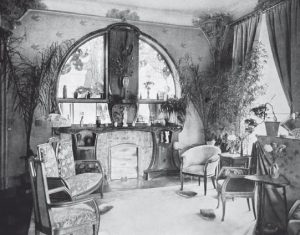
Majorelle’s company suffered during the First World War, and after his death in 1926 his son Jacques sold the property. It has been owned by the City of Nancy since 2003. While the original property surrounding the Villa Majorelle has been subdivided over the years, the house has been restored very much as it was designed by Sauvage and with many of the original decorative elements created by Majorelle and his contemporaries.
The Musée de l’Ecole de Nancy has been tasked with overseeing oversees the Villa Majorelle. Using original photographs from the lifetime of Louis Majorelle (a photo album that belonged to his son), furnishing and decorative works have been purchased and placed according to Majorelle’s sense of aesthetics. (Older photos illustrating this text come from that photo album, which is held by the museum.)
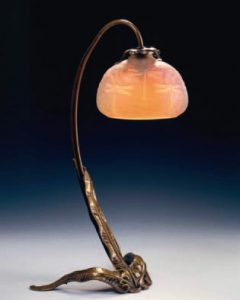
Restoration of the villa’s exterior began in 2017 and work will continue on portions of the interior through 2022. The Villa Majorelle will remain open throughout that period.
Villa Majorelle, 1 rue Louis Majorelle. Open Wed.-Sun. 9am-noon for groups, 2-6pm for individuals. 6€; 8€ with joint ticket for the Musée de l’Ecole de Nancy (Museum of the Nancy School) when used the same day. The museum, 36-38 rue du Sergent Blandan, is open Wed.-Sun. 10am-6pm.
Nancy’s notable Musée des Beaux-Arts (Fine Arts Museum) includes a presentation of several hundred pieces from the Daum glassworks of Nancy, among them significant pieces from the Art Nouveau period.
Art Nouveau walks in Nancy: A number of Art Nouveau buildings can be seen on a walk between the Nancy train station and Place Stanislas, the elegant 18th-century main square of the city, as well as elsewhere in the city. See, for example, the Excelsior Brasserie, created in 1911, just two blocks from the station. A downloadable brochure from the Nancy Tourist Office outline Art Nouveau walks in the city.

